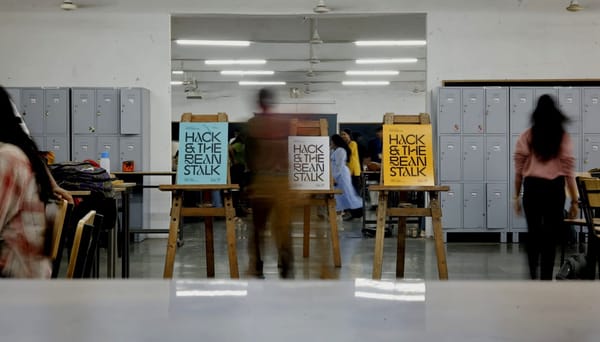How do you make a place loved? Start with designing around your genius loci
Across more than 45 destinations, our principal learning has been that designing the experience around the genius loci and bringing the culture to the fore through the use of content, spaces, materials, customer journeys and discoveries.
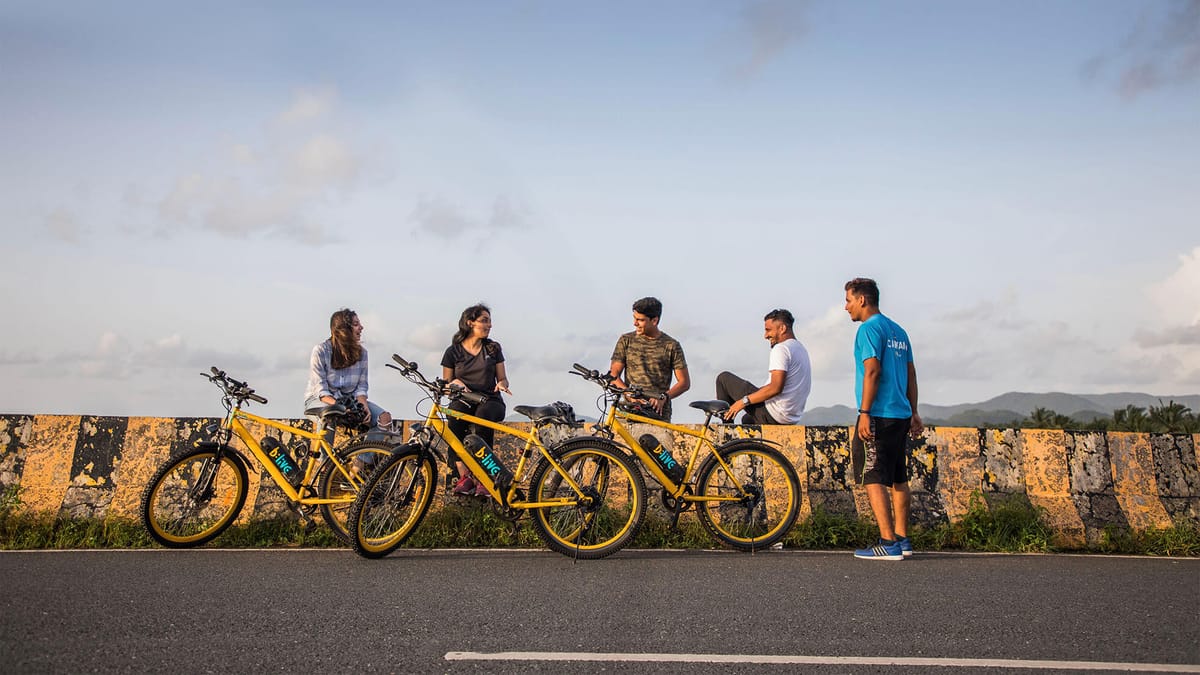
We love places for more reasons than one.
Where to stay, work, holiday, meet, celebrate, explore, live… the list goes long. And often there is an X factor to it, sometimes slightly difficult to accurately define and pin down.
Throughout history, destinations have drawn the attention of travelers, explorers, residents, merchants, new talents, investors and yes, even colonists. Today as civic brands, destinations unlock capital for the local.
But where does place-making truly start?
Genius loci
The Romans probably alluded to it as the ‘Genius Loci’ (a protective spirit of a place). In Roman religion, the genius is the individual instance of a general divine nature that is present in every individual person, place, or thing. Much like a guardian angel.
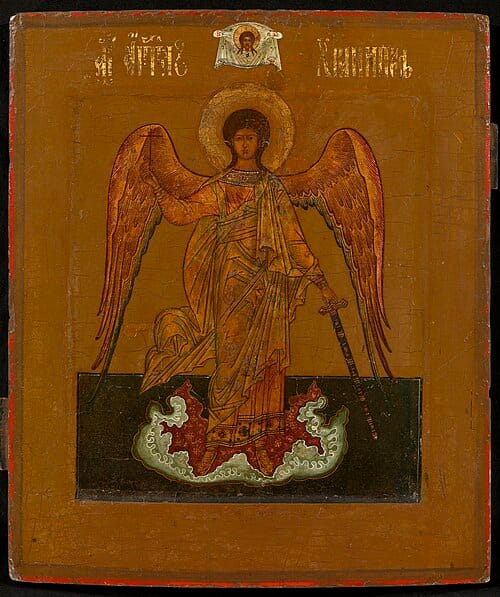
In the contemporary world, Genius Loci usually refers to a location's distinctive draw/atmosphere or even a ‘Civic DNA’ rather than necessarily a guardian spirit. This is what our placemaking and place brand development projects begin with. Figuring out the undefinable and yet tangible DNA of a place and then working with the local communities and civic bodies or organizations to design experiences, innovations and spaces.
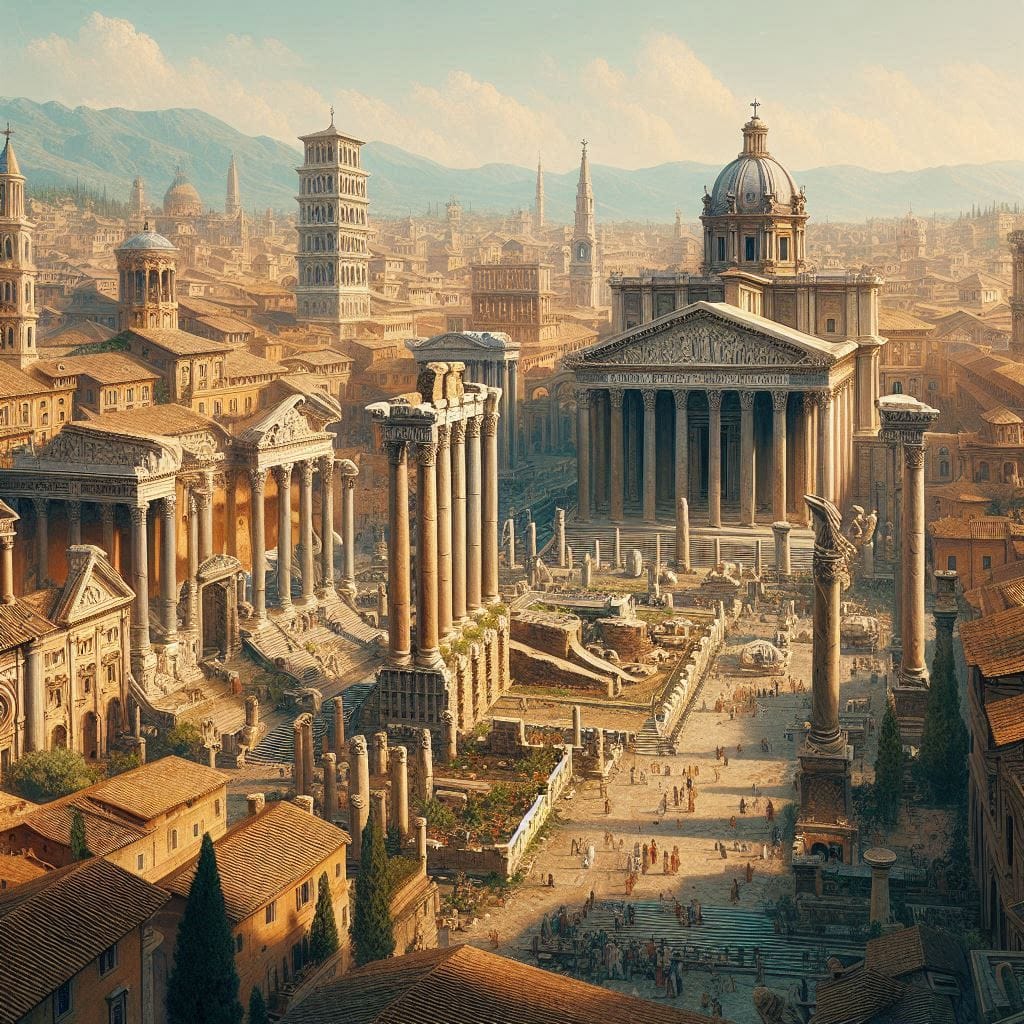
The answers to building successful destination brands most often lie in the genius loci, best expressed by Alexander Pope (1688-1744)
Consult the Genius of the Place in all; That tells the Waters or to rise, or fall, Or helps th' ambitious Hill the heav'n to scale, Or scoops in circling theatres the Vale, Calls in the Country, catches opening glades, Joins willing woods, and varies shades from shades, Now breaks or now directs, th' intending Lines; Paints as you plant, and, as you work, designs.
Place-Design
An intentional design practice that transforms a place into a destination. With a mix of civic strategy, local culture, product development, experience design, brand development and market linkages it inspires and develops an identity that becomes visitor-worthy and a matter of pride for residents.
Be it Benares, Kandy, Times Square, Marine Drive in Mumbai, Kanha or Pangthang, they all have both - (1) Genius Loci and (2) Place-Design.
Across more than 45 destinations, our principal learning has been that designing the experience around the genius loci and bringing the culture to the fore through the use of content, spaces, materials, customer journeys and discoveries.
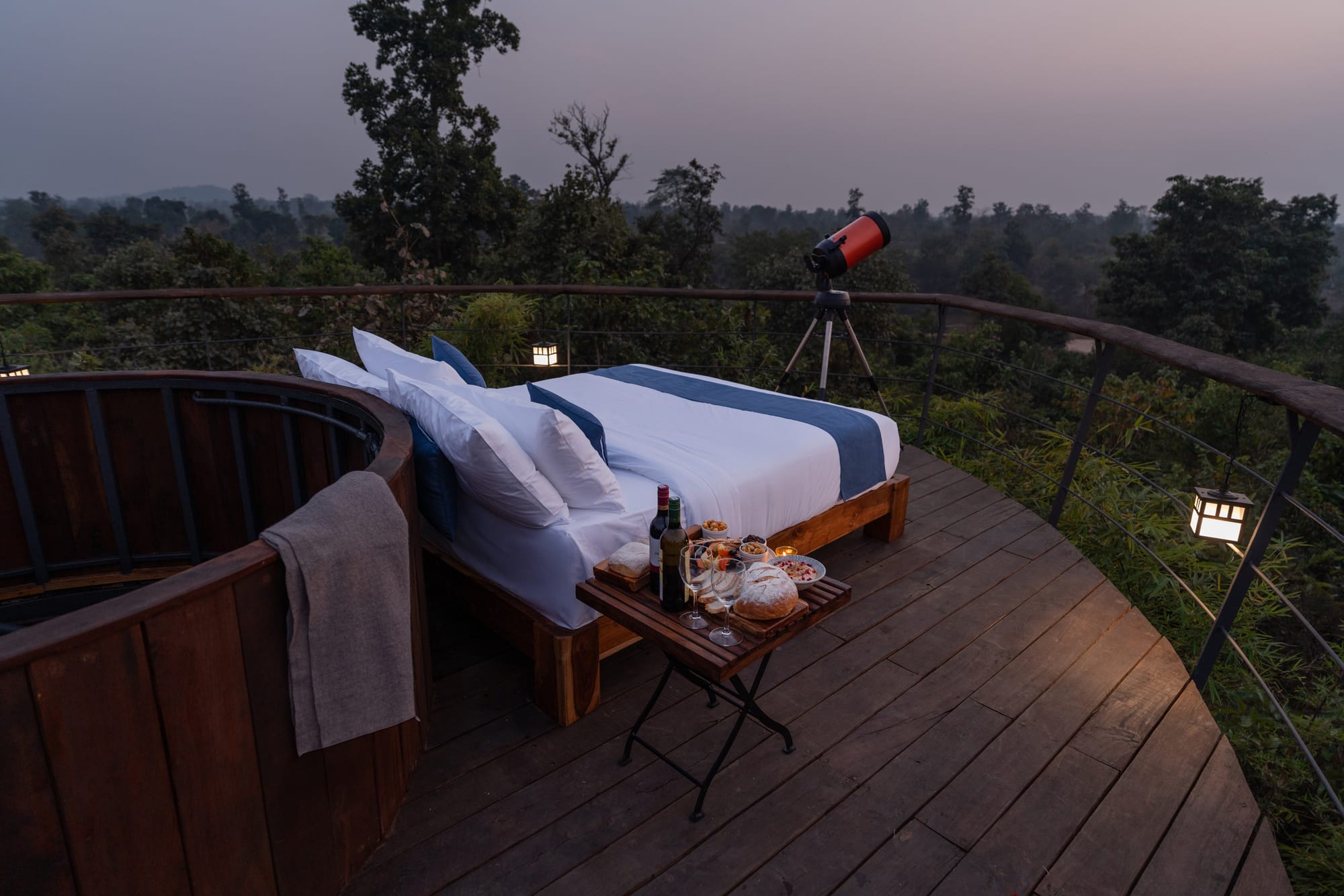
This capital is both tangible and intangible (natural wonders, monuments, cultural artefacts, heritage, civic pride, memorability, sense of community). It is the source of much leisure, happiness and employment.
Like business design, place-making and creation of destination brands has both method & creativity to it. This includes strategic frameworks, toolkits, & principles. But first and foremost, this requires a nuanced understanding of the Genius Loci with design, by design.
Destinations are place brands. They are recognized by their ability to be not only distinctive but also attract visitors, new talents, tourists, investments and empowered local businesses. As per the UNWTO, 42% of the world travels to experience culture. And business and investments tend to follow suit. Place making and place brands can be powerful means of economic prosperity and cultural development.
Place brand development is not just a campaign, a slogan or a logo.
A serious approach to placemaking goes beyond cosmetic interventions like slogans and ads.
What is rather needed is an integrated approach to place making and place brand development. Understanding a place's cultural moorings and its civic capabilities are a great starting point to develop a cohesive and enduring place strategy. Subsequently design and experiences, appreciation of local communities, and creation of spaces that allow social and cultural immersion are needed. They help develop culturally appropriate tourism products.
The role of Design & Innovation cannot be highlighted enough as they help surface these very qualities, design tailored experiences, and unique attractions that inspire people to engage and generate revenue. This would be true for any kind of place brand you are developing. It can be a country, a business district, a city, a village, a neighbourhood, a hotel, a museum, a township or even a co-working space. Each is a place that can become a destination.
Destinations are probably the most complex brands
Places are very complex composites - of people, culture, nature and geography. Since they have extremely diverse audiences (visitors, residents, travellers, investors and local businesses) a good and sound place-strategy and civic brand plan needs to be accommodative and nuanced. This also translates into a need for the experiences to be truly interpretive of the destination's character but also be multidimensional so that they appeal to the broadest set of audiences.
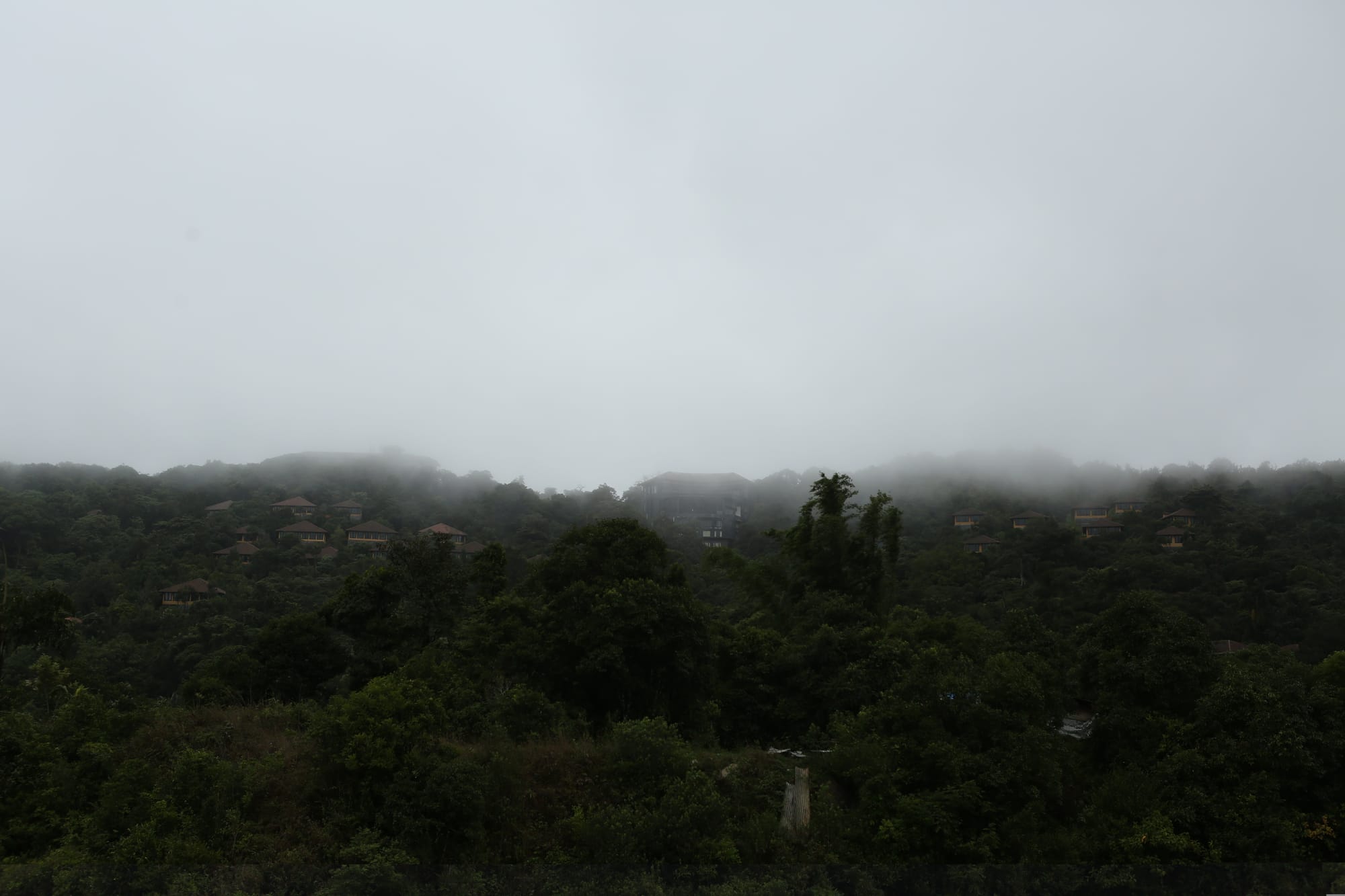
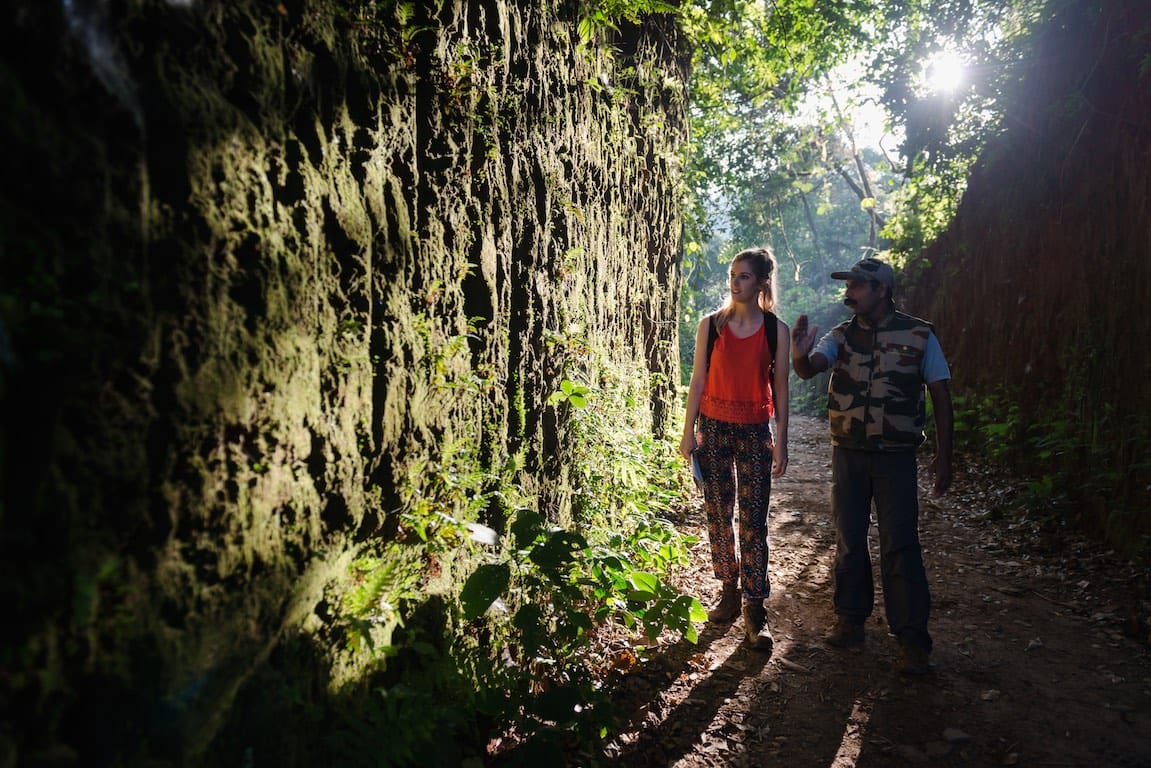
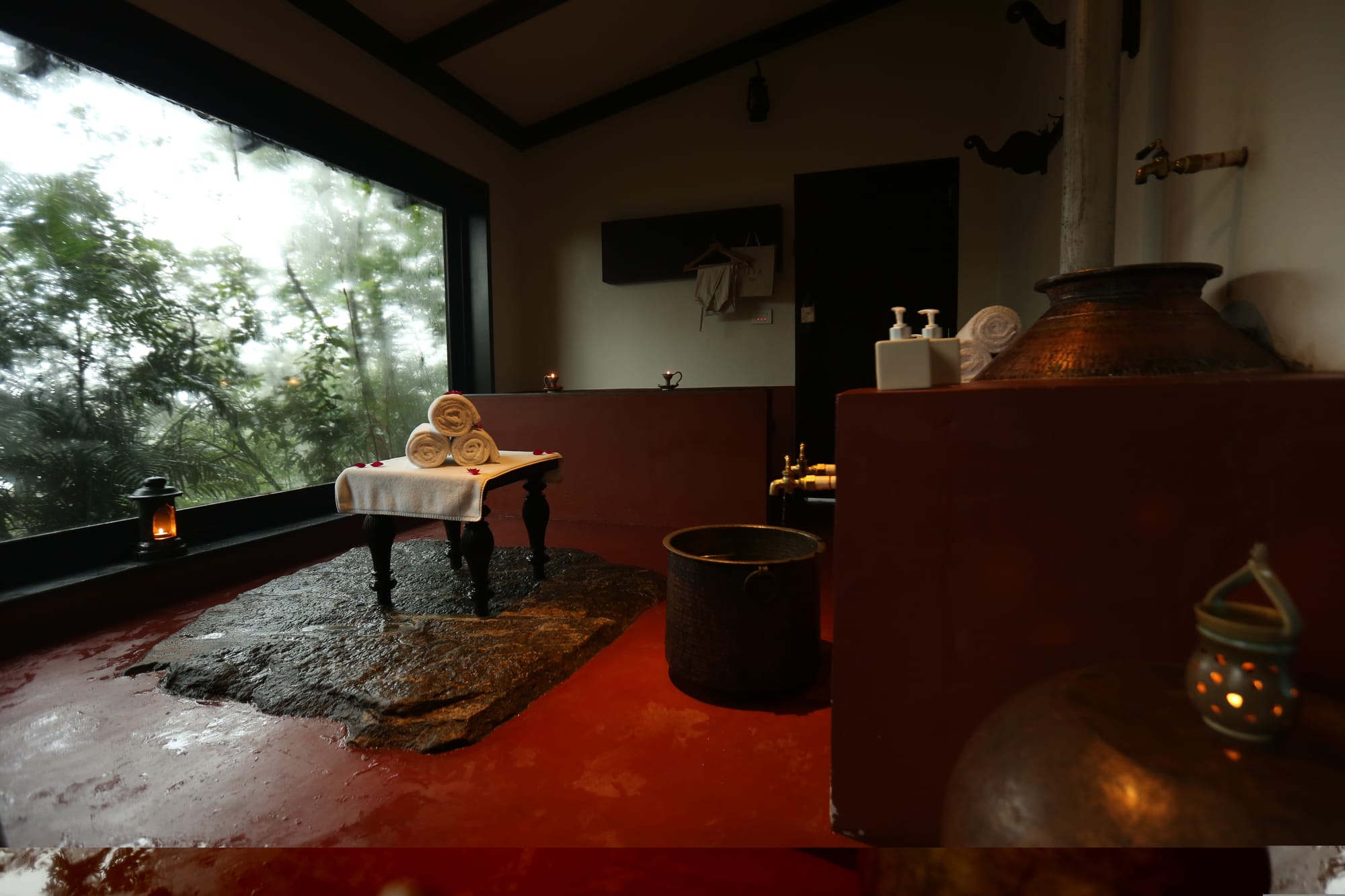

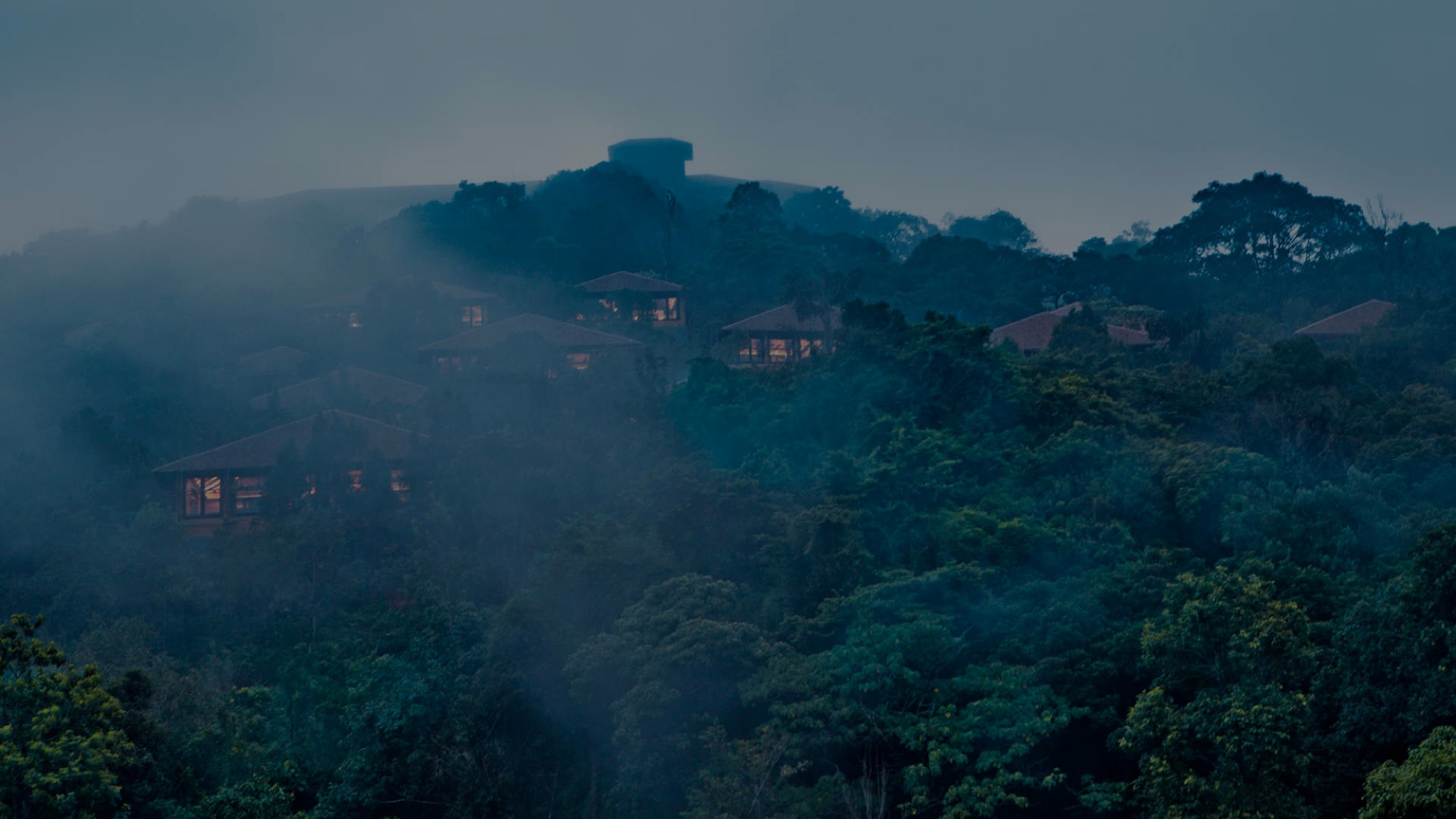
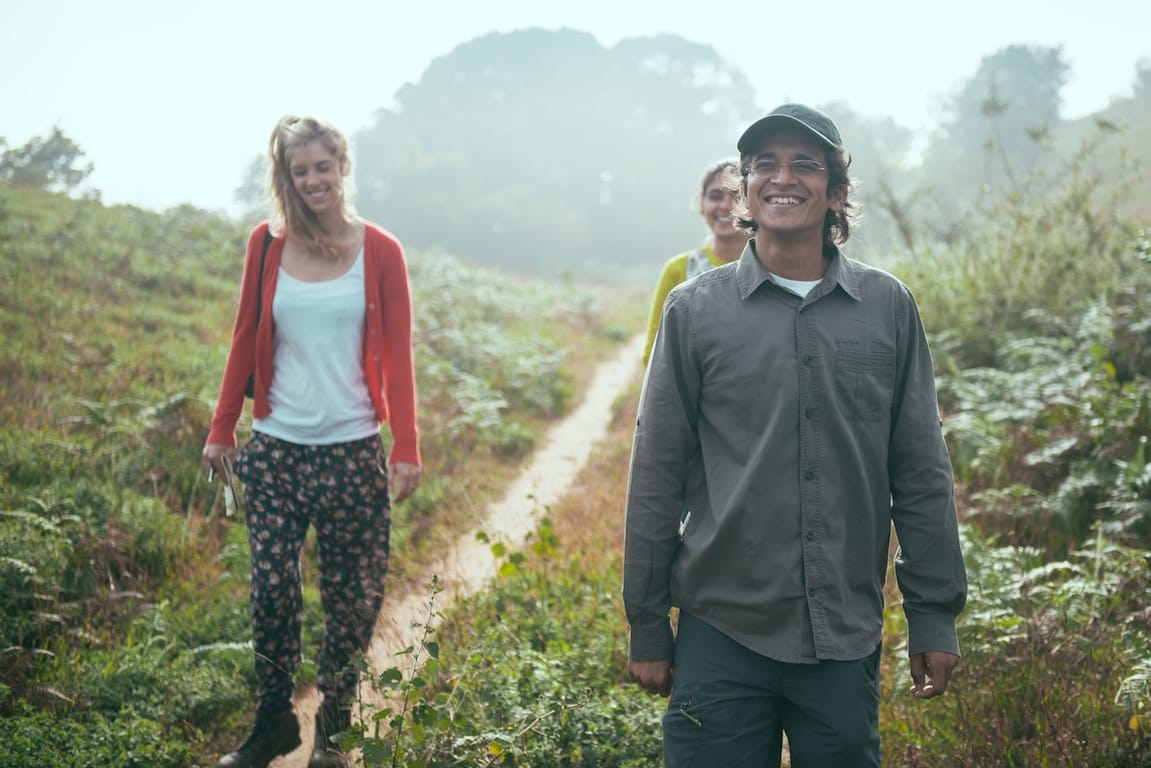
26 innovations around Coorg's genius loci - terrain, wellness, dining, discoveries, secrets to reposition the destination.
Multidisciplinary teams with diverse talents and domain expertise help in managing such nuanced development of destinations and experiences.
The place makers and experience designers at Lokall (www.Lokall.place) blend multiple disciplines including culture, social science, innovation, product development, spaces, materials, media and technology. All with a focus on making the customer experience memorable and culturally striking.
But irrespective of the complexity, the nuances of destination or wherever it may be in the world, one fact remains. The road to place-making always starts with a genius. The genius loci.
Local



